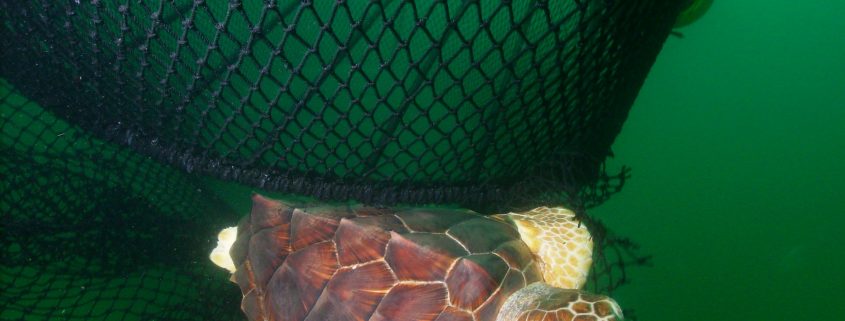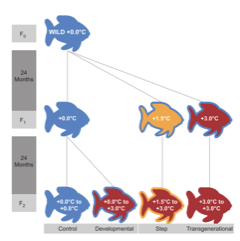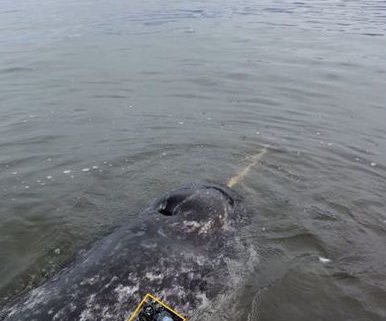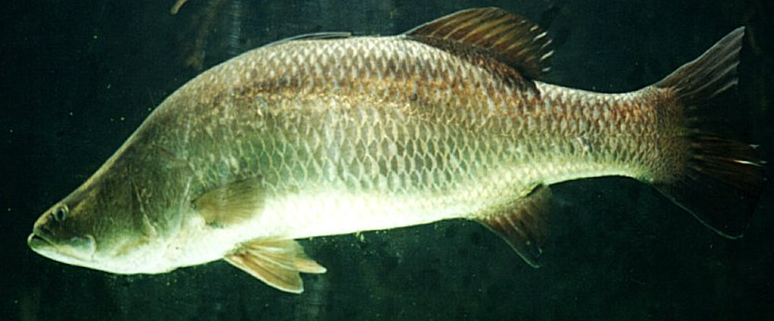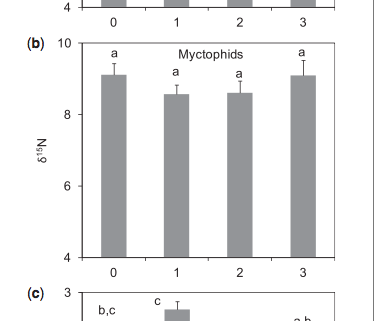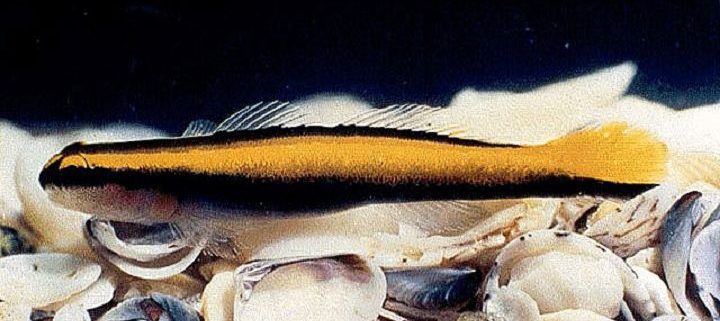Expanding fisheries management and marine conservation across borders
By Mitchell Rider, SRC master’s student In 2006, the U.S. Congress reformed the Magnuson-Stevens Fishery Conservation and Management Act (MSA) – an act that directs marine fisheries management – by amending the High Seas Driftnet Fishing Moratorium Protection Act. This new amendment directed Secretary of Commerce to recognize foreign nations identified as participating in the […]
Adaptation or Extinction: the Necessity of Fish Reproductive Acclimation in the Face of Climate Change
By Trish Albano, SRC intern In an ever-changing marine environment, organisms must respond to their surroundings in order to remain reproductively successful. However, with the current rate of climate change predicted to raise sea surface temperatures by approximately 3°C by the year 2100 (Collins et al., 2013), species are faced with a choice: shift geographic […]
Narwhals Display Perplexing Escape Responses to Human-Induced Stress
By Olivia Schuitema, SRC intern Narwhals (Monodon monoceros) are Arctic marine mammals that have traditionally been relatively isolated from anthropogenic contact, making them particularly vulnerable to disturbance (Williams, 2017). The lack of ecological interference also makes narwhals adequate study organisms regarding anthropogenic effects. With larger declines in Arctic sea ice, narwhals have been increasingly exposed […]
Could Eating Smaller Meals Sometimes Benefit Predators More Than Eating Larger Meals?
By Jessica Daly, SRC intern Sometimes, predators have the ability to choose what size prey to consume when feeding, but little is known about how this decision is made. Several previous research experiments have examined the relationship between prey size and “predator gape size,” or how long it takes to chase, capture, and consume the […]
Trophic position of laternfishes (Pisces Myctophidae) of the tropical and equatorial Atlantic estimated using stable isotopes
By Molly Rickles, SRC intern Lanternfish are small mesopelagic fish that make up the most important component of the daily vertical migrating fish community. During the day, they occupy the mesopelagic layers, and at night they travel to the surface for feeding. These fish are important because they play a vital role in the carbon […]
Mitigating the illegal trade of aquarium species through the postal service in a Brazilian state
By Elana Rusnak, SRC masters student The global aquarium trade is a multimillion dollar business, moving over one billion freshwater and marine organisms annually. In many countries, regulations are put in place in order to manage both the type of species, as well as the number of individuals that cross each border. However, there are […]

